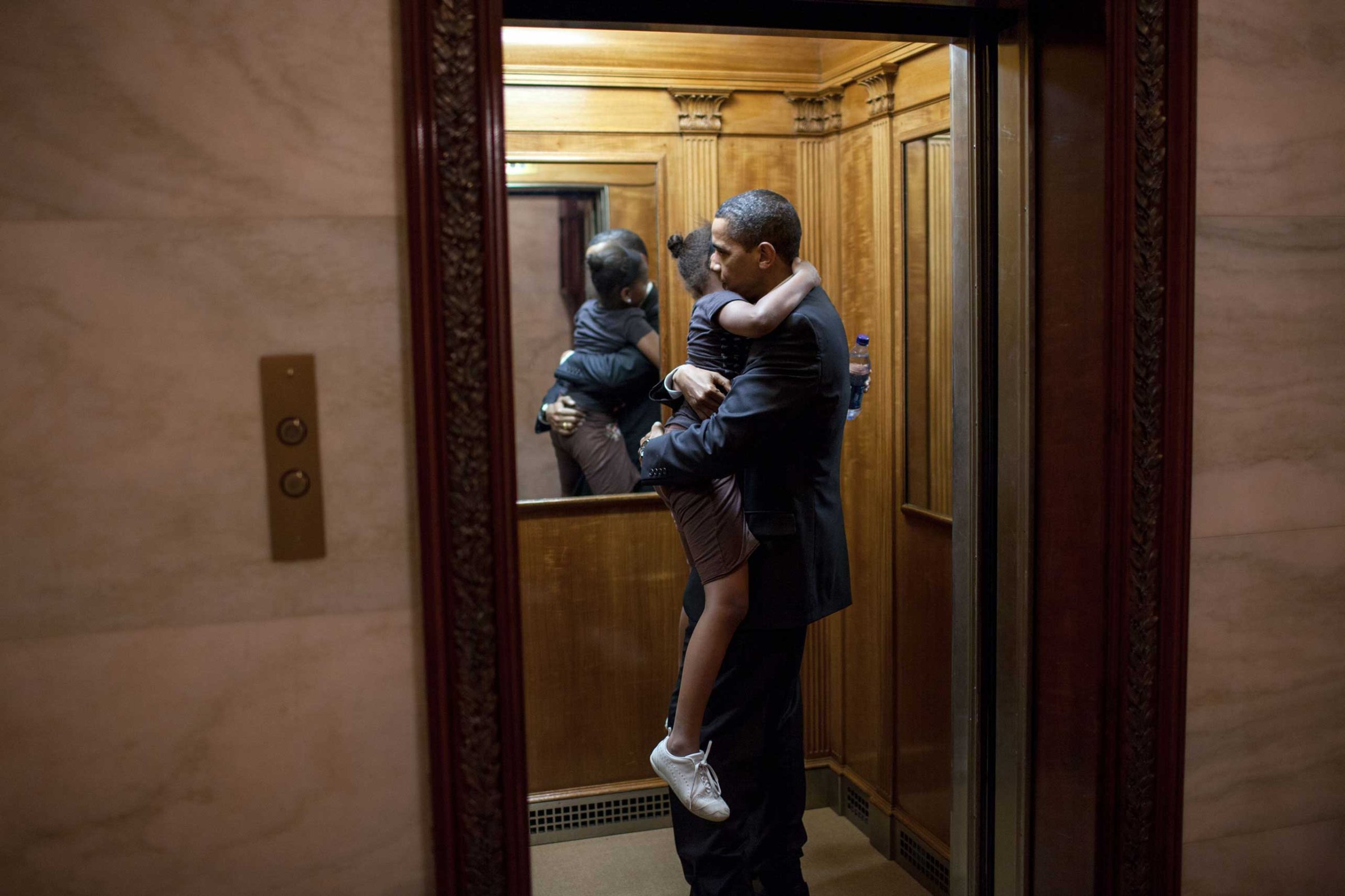
In the next 48 hours, as President Barack Obama prepares to leave the White House, his official photographer, Pete Souza, will document the last moments of his history-making presidency. The photographs Souza will take on Jan. 20 will join the more than two million images he has shot in the last eight years, completing a lasting visual record of the first black President’s time in office.
When Donald J. Trump takes up the baton, however, his first hours in the White House – and possibly his entire term – might go undocumented.
The President-elect has yet to name Souza’s replacement. It’s even unclear whether the position of official White House photographer will be kept once Trump takes office. If it is abandoned, that decision will represent a break from 40 years of precedent. Trump’s communication officer did not return TIME’s request for comment.
Lyndon B. Johnson was the first U.S. president to employ a full-time, civilian White House photographer. “When he took office, Johnson thought it was important to have somebody to document the presidency,” says Michael Martínez, a photojournalism professor specializing in political photography at the University of Tennessee-Knoxville. Previously, the position, typically held by a military photographer, had been more informal. As a result, important moments had been missed. For example, John F. Kennedy’s photographer Cecil W. Stoughton was given only limited access, with the result that key moments such as the Cuban Missile Crisis were largely left undocumented.
And, in the decades since, it has become clear just how important an official White House photographer can be.
After Johnson was sworn in, he offered the job to Yoichi Okamoto, who had worked at the United States Information Agency and had met Johnson while he was still Kennedy’s Vice President. But Okamoto, affectionately known as Oke, had one condition, Martínez tells TIME. “He said: ‘I want to be there before you get to the office and leave after you leave. I want to document this. I don’t want to come in and just do a hit and miss.’” Johnson agreed and Okamoto set the standard for more the presidential photographers who followed in his footsteps.
“He, to this day, remains the best White House photographer ever,” says David Hume Kennerly, who photographed President Gerald Ford. “He had a dramatic subject. He was a wonderful storyteller with a camera. And LBJ had a big sense of history and had rapport with Okamoto.”
The Presidents who followed differed on their feelings about photography. Richard Nixon kept photographer Oliver F. Atkins at a distance—but, Martínez says, having Atkins there paid off, as the photographer was present to capture the “human side” of Nixon’s departure from power. Kennerly says that he had no problem getting close to Ford, and was often the only person in the room with him, whereas Carter’s presidency was “a visual disaster” because the President was reluctant to have a photographer around. But Carter’s presidency was just a hitch in the U.S.’s visual history. Ronald Reagan, George W. Bush, Bill Clinton, George W. Bush and Barack Obama all had their official photographers, who produced historic photos like the ones seen in the gallery above.
“There’s a White House diary-keeper who records everything that’s the president is doing but that’s on paper,” says Eric Draper, who served under George W. Bush. “When you look at pictures, these frozen moments can tell stories, they can capture emotions and they can capture the mood.”
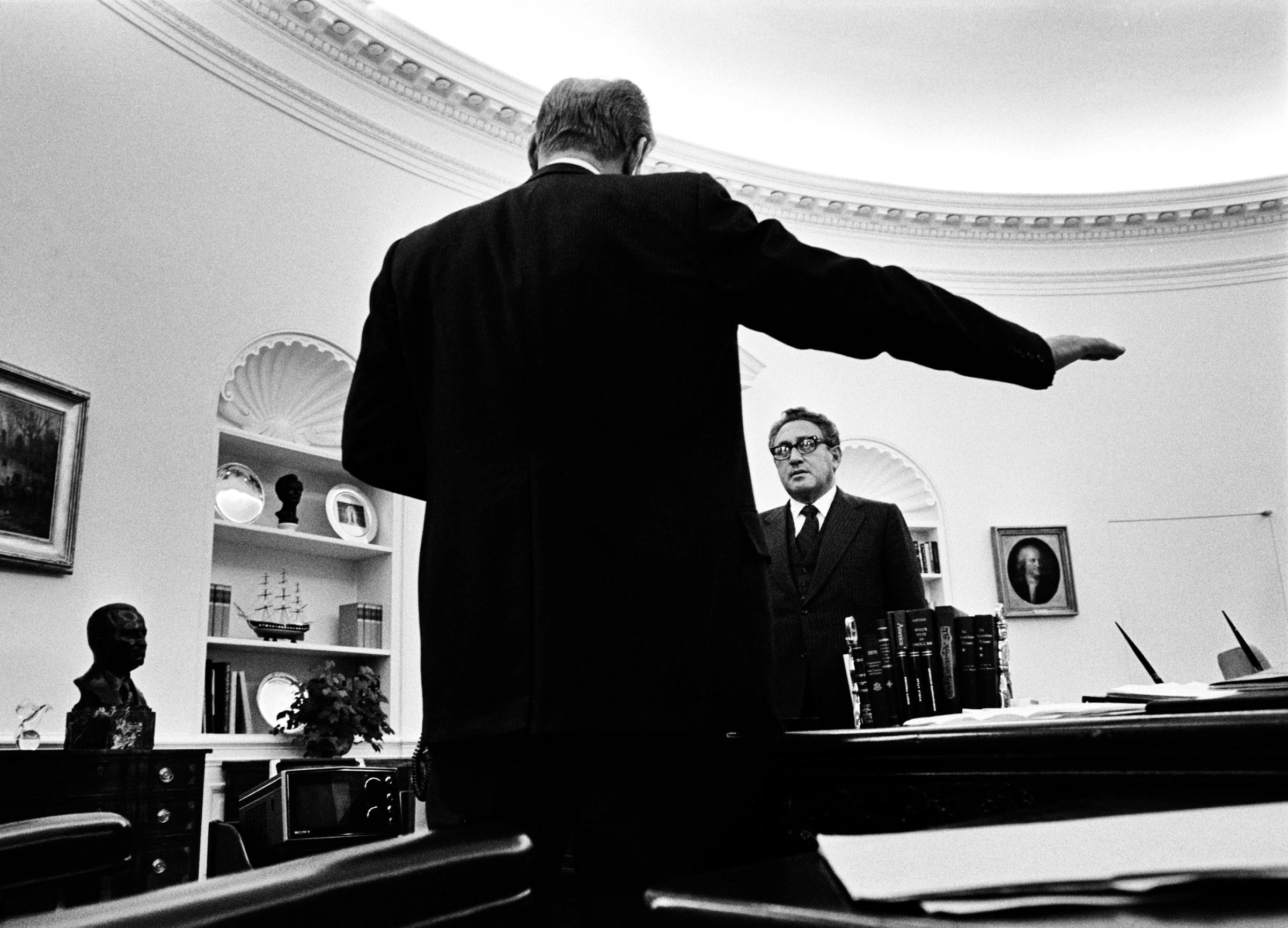
But the job is about more than ceremony and PR.
“I was in the room when Ford ended the Vietnam War. I was there when he pardoned Richard Nixon. I was there when he lost the election,” says Kennerly, whose photographs can add visual and human context to the history of Ford’s presidency.
“I think it’s important to have [a] visual record for people and generations to come, to get a sense of not just what the presidency was like but what [the President] was like as a person,” adds Pete Souza.
And that kind of photographs can only be achieved with the right access. “You have the historic level, but you also have all these moments that let you stress out who the president is on a personal level. I had the opportunity to photograph President George W. Bush as a father, a husband, a dog owner, a son of another president,” says Draper. “It’s all about the confidence level of the president. If you’re in the way, if the president doesn’t want you there, you’re not there. That relationship is important to be in a position where the president is conformable being around you.”
If the relationship is a successful one, the result can offer incredible value to the country, adds Robert McNeely, who was Clinton’s photographer for six years, even if the President doesn’t necessarily appreciate it. (“I’m sure Bill Clinton doesn’t see the value of my picture of him and Monica Lewinsky standing there in the chief of staff’s office during the government’s shutdown, even though he asked me to take it,” he says.) But, given Donald Trump’s business background, where transparency tends to be less valued, he is not optimistic that the new President will grant deep access to a White House photographer—or any access at all.
After all, it’s still unclear whether Trump will see the benefits in allowing someone to photograph him all day, every day.
“I would only encourage him to give it a try,” says Kennerly. “But it’s his call.”

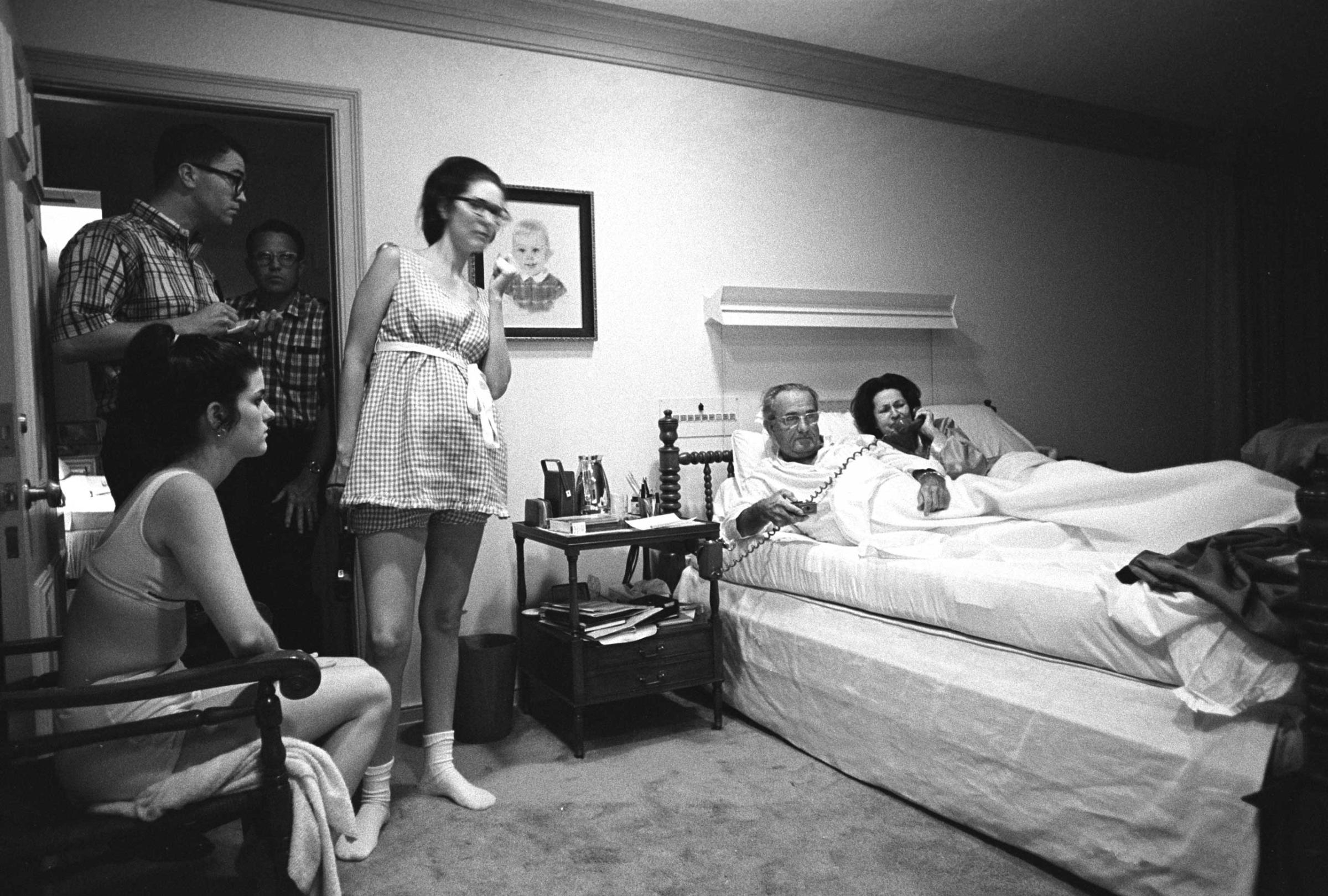

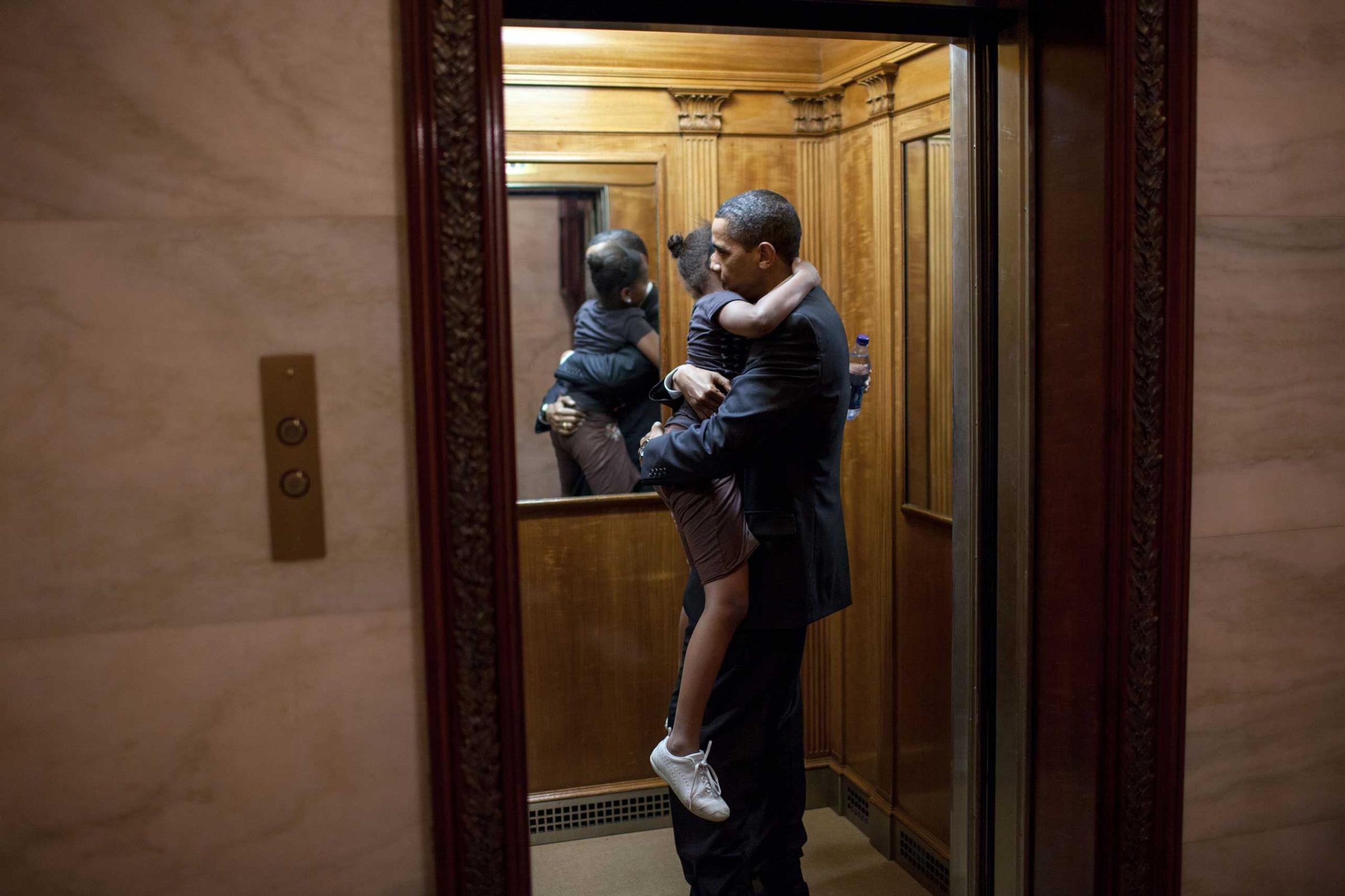

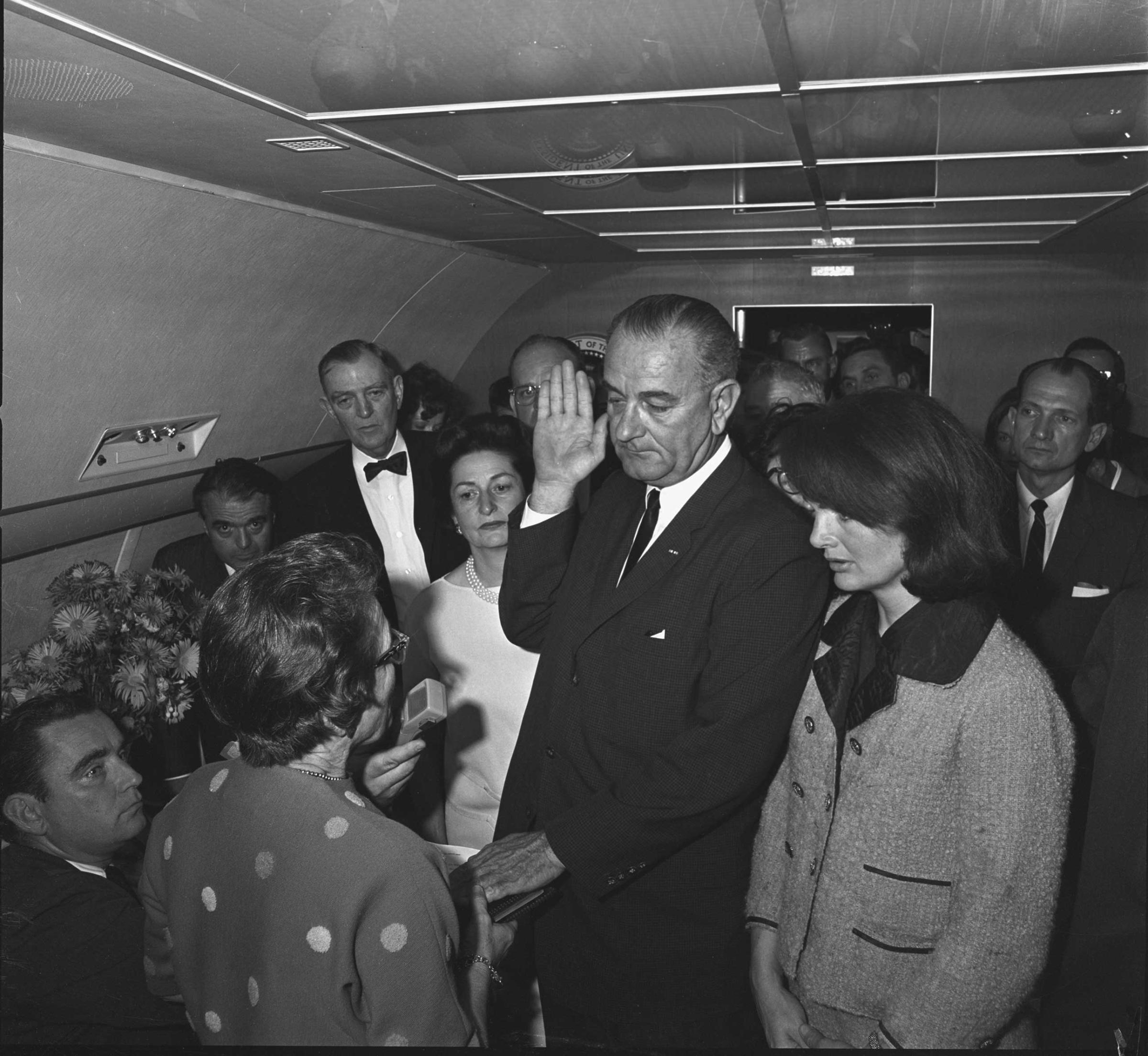

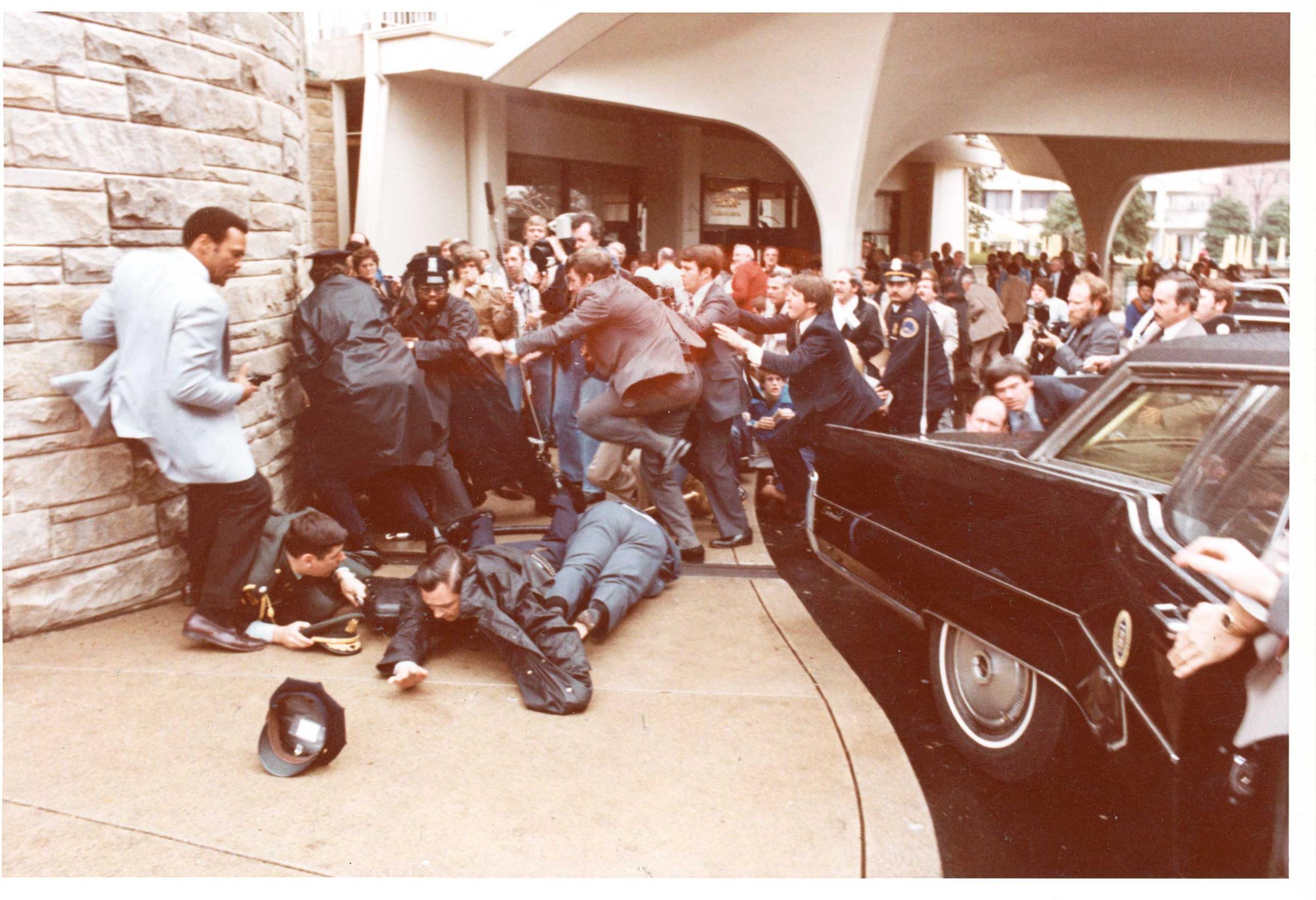
More Must-Reads From TIME
- The 100 Most Influential People of 2024
- Coco Gauff Is Playing for Herself Now
- Scenes From Pro-Palestinian Encampments Across U.S. Universities
- 6 Compliments That Land Every Time
- If You're Dating Right Now , You're Brave: Column
- The AI That Could Heal a Divided Internet
- Fallout Is a Brilliant Model for the Future of Video Game Adaptations
- Want Weekly Recs on What to Watch, Read, and More? Sign Up for Worth Your Time
Contact us at letters@time.com